In recent years, artificial intelligence (AI) has made remarkable advancements across various fields, and one of the most fascinating developments is AI art generation. AI art generator have transformed the creative landscape, enabling both professional artists and amateurs to produce stunning artworks with the assistance of machine learning algorithms.
What Is an AI Art Generator?
An AI art generator is a software or platform that uses artificial intelligence, particularly deep learning models, to create visual artworks. These generators analyze vast amounts of artistic data, learning styles, patterns, and techniques to generate unique and visually appealing images. Some of the most popular AI art generators include Deep Dream, DALL·E, MidJourney, and Stable Diffusion.
How AI Art Generators Work
AI art generators typically operate using deep neural networks, which mimic the way the human brain processes images and patterns. They rely on Generative Adversarial Networks (GANs) or diffusion models to produce realistic and imaginative artworks. Users can input text descriptions (text-to-image generation) or provide an existing image to modify or enhance.
The Impact on Artists and Designers
AI art generators have sparked a debate in the creative community. While some see them as a tool that enhances artistic expression, others worry about the implications for traditional art. Here are some key impacts:
- Empowering Creativity: AI enables users to explore new styles and ideas they may not have previously considered, helping them push the boundaries of their creativity.
- Speed and Efficiency: Artists can generate concepts and refine their work quickly, reducing the time needed for complex projects.
- Accessibility: AI lowers the barrier to entry, allowing individuals without traditional artistic skills to create professional-looking artworks.
- Copyright Concerns: The use of AI-generated art raises questions about ownership, originality, and potential ethical issues in the art industry.
Applications of AI Art Generators
AI-generated art is being used across various domains, including:
- Graphic Design: Businesses use AI-generated visuals for marketing materials, logos, and branding.
- Gaming & Entertainment: AI helps design game environments, characters, and special effects.
- Fashion & Interior Design: AI-generated patterns and textures inspire new clothing lines and home decor.
- NFTs & Digital Art: AI-generated art has found a place in the booming NFT market, where digital pieces are bought and sold as collectibles.
The Future of AI Art
As AI continues to evolve, art generators will likely become even more sophisticated, producing higher-quality and more customizable results. Collaboration between human artists and AI will play a crucial role in shaping the future of digital art. Rather than replacing traditional art, AI art generators offer a new medium for artistic expression.
Conclusion
AI art generators are revolutionizing the world of creativity, making art more accessible and expanding the possibilities of visual expression. While ethical and legal challenges remain, the potential for AI to enhance artistic endeavors is undeniable. Whether you are an artist, designer, or simply an enthusiast, AI-powered art tools provide an exciting avenue for exploring new creative horizons.
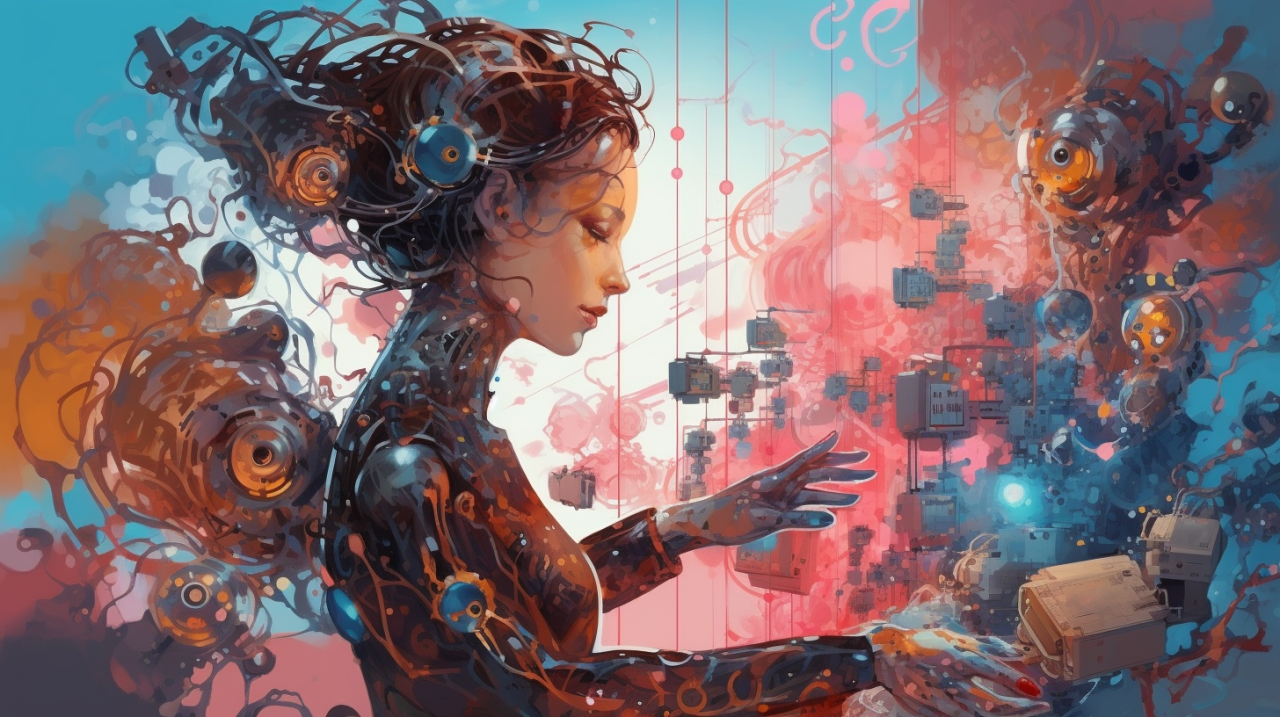

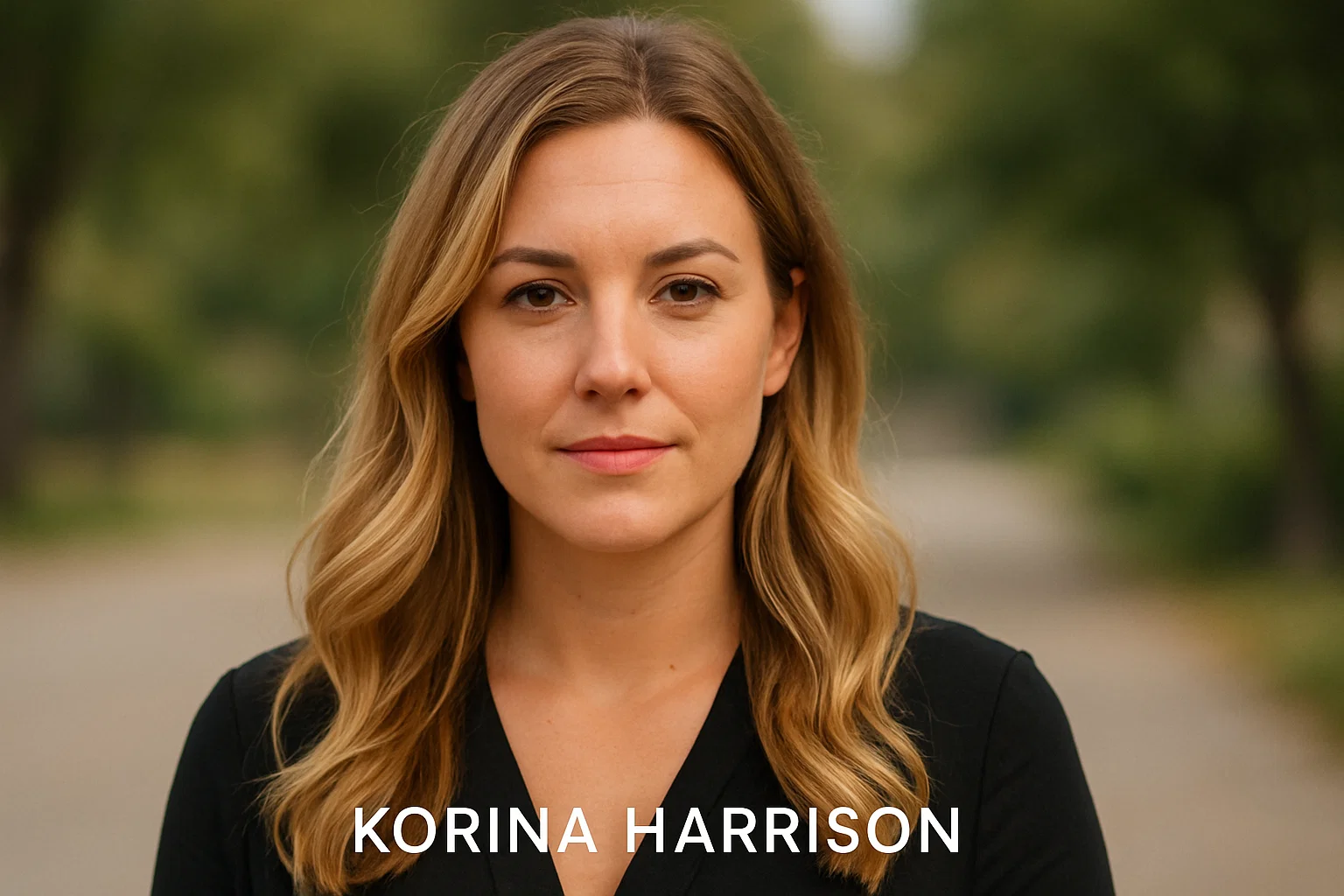
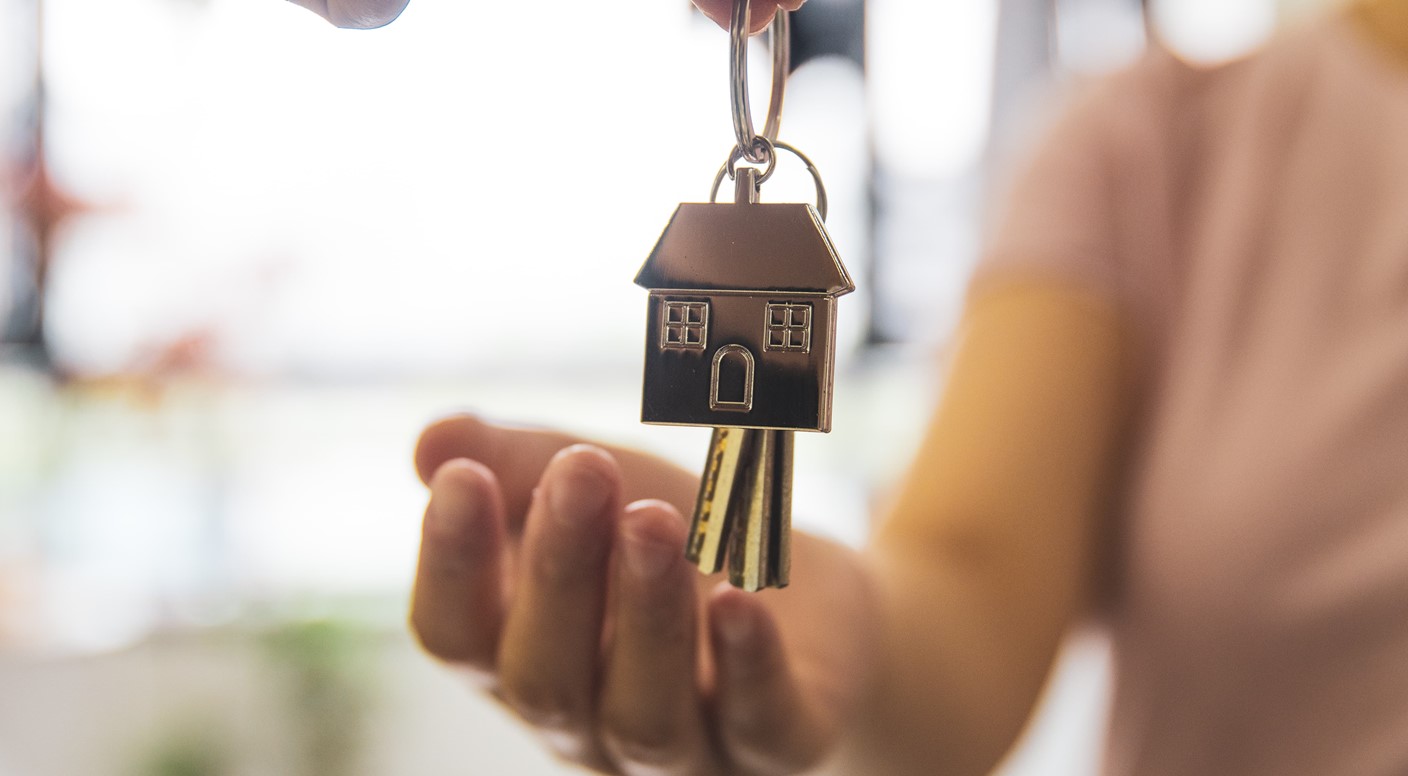


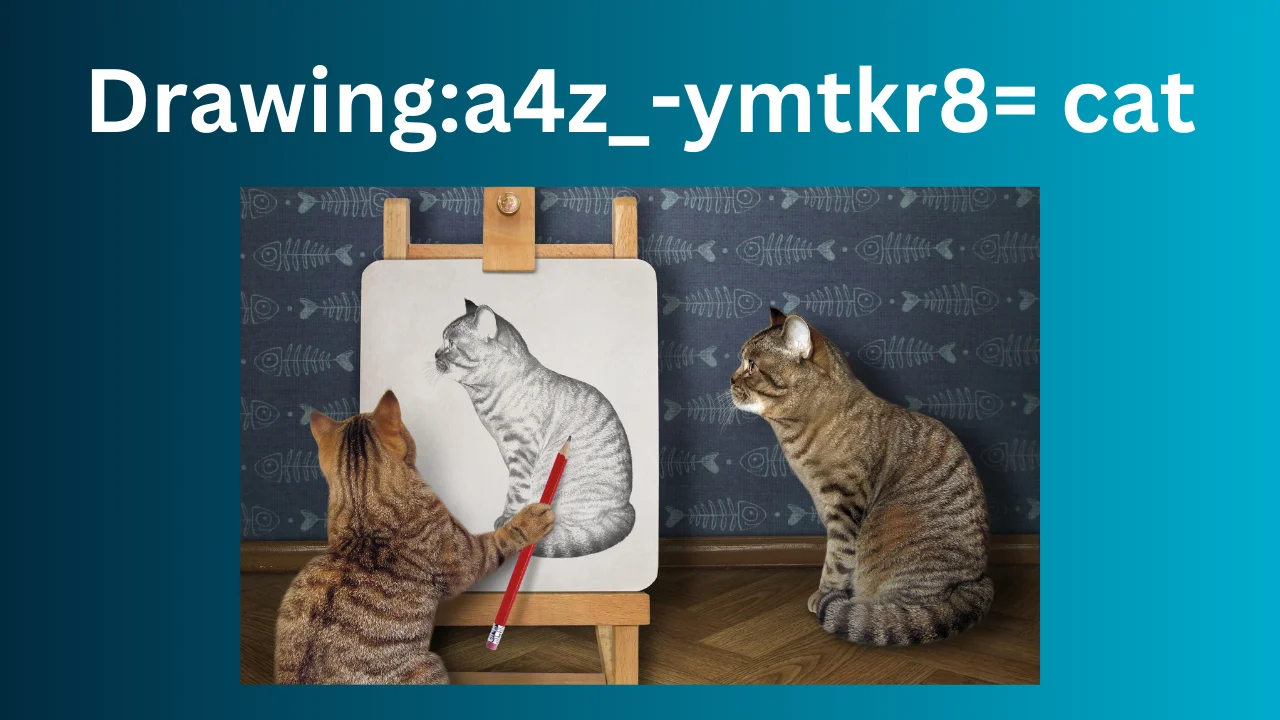

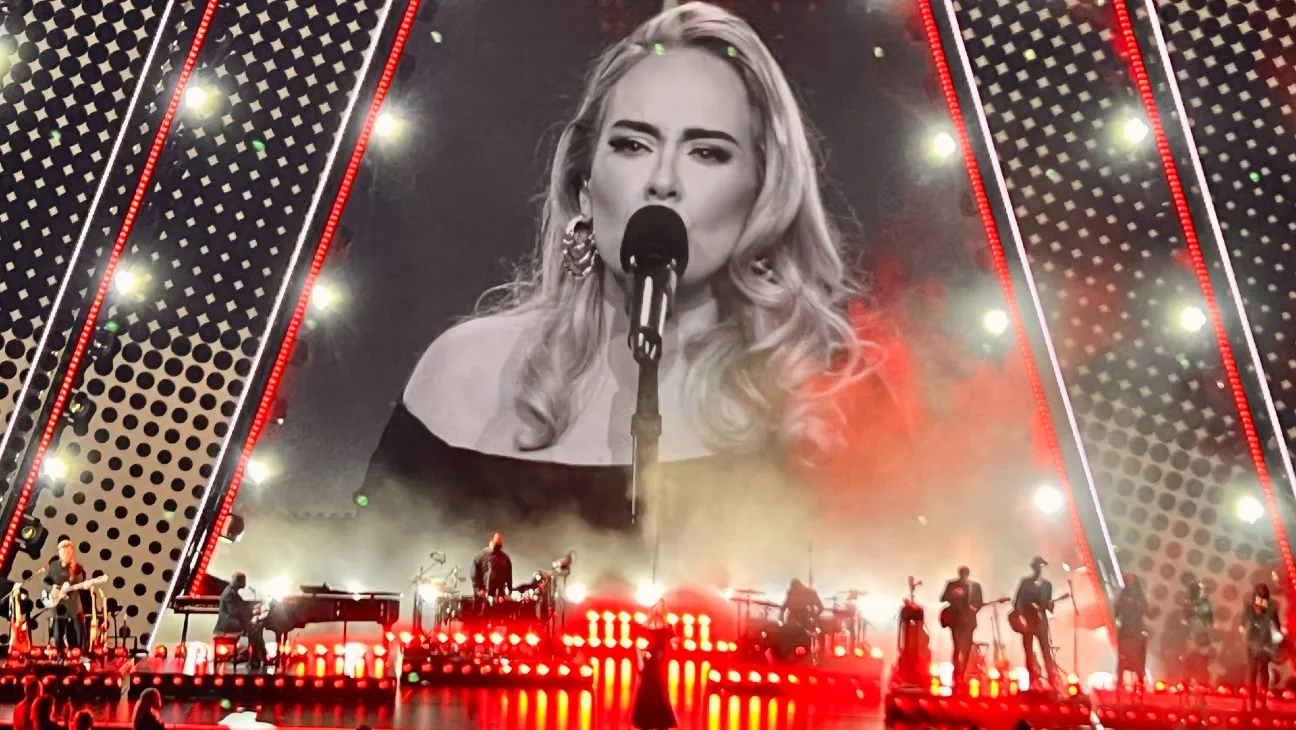
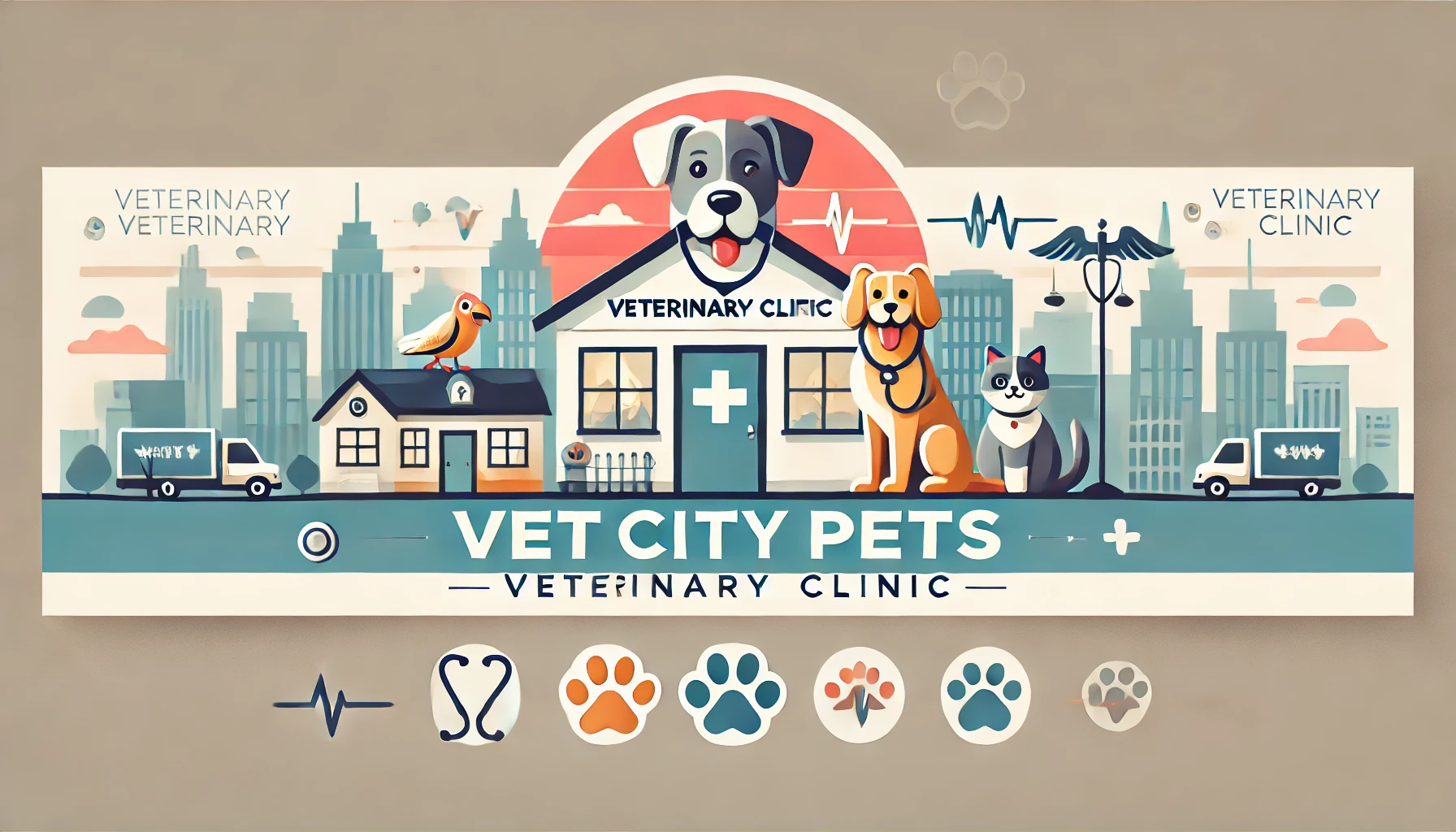



Leave a Reply